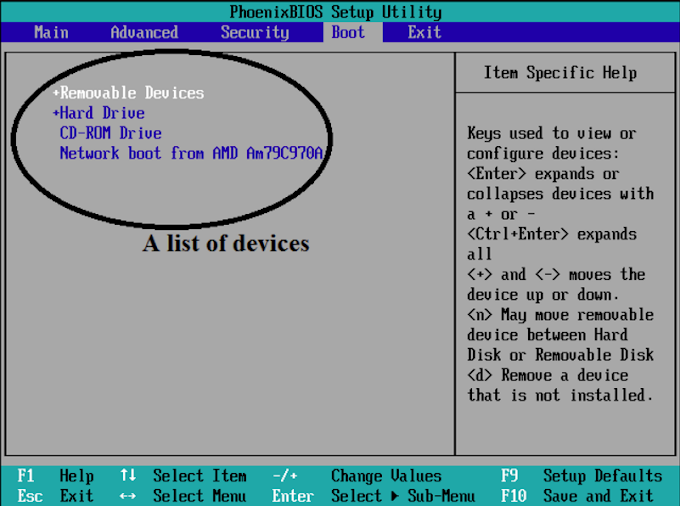In this post, I am going to discuss IP address and routing. I will not be discussing advanced and how it work stuff thus will not be going into details. The purpose of this post is to give an overview of IP address and routing.
So what is IP address? In simple word, it is a number which uniquely identifies a machine in a region. But that's uniqueness is partially incorrect, the reason behind it will be discussed later on.
Imagine when someone writes you a snail mail, he/she has to put an address in the envelope to uniquely identify you in the world. IP address plays such role in the Networking world. It's a number which is unique to a machine in the network and hence will uniquely identify it.
Now there are two variants of it IPv4/or the newer one IPv6.
Typically we use IPv4 address which of length 32 bits, whereas for IPv6 its length is 128 bits.Thus using IPv4 addressing scheme you can refer less number of machines than IPv6. In today's world as more and more devices are connected to the internet the IPv4 addresses tend to exhaust and hence some people recommend using IPv6. But there is way around and knowingly or unknowingly we are using it and that's causing a lot of confusions among us.
So there is stuff called public IP and private IP. Private IPs are typically of the format like 10.xx.xx.xx, 172.xx.xx.xx, 192.xx.xx.xx (until unless specified its IPv4 address). Devices called router moves IP data over the network. When a router having one connection (say P), which connects to the Public world receives any packet of private IP type it simple discards. In this way, we create a Private or Local area network and the Internet we talk about is referred to as WAN (wide area network). Thus many machines belonging to different LAN can have same private IP, but no two machines under a LAN can not have same private IP. Typically ISP (Internet Service Provider) reserves a pool of globally unique public IP address and gives you private IP address in return. There is a device called NAT (Network Address Translator) which does the mapping behind public & private IP address. Thus when data destined for your machines arrives your ISP, it modifies the public IP address with your own private IP address and when data goes out your private IP address is replaced by any one among the pool of public IP address which the ISP reserves.
Now some people speaks about dynamic and static IP address. The dynamic IP address is volatile/temporary /or shared in the sense each time you log in to your ISP you get a random IP address. Thus this particular IP address can be shared among machines in your LAN at different times.DHCP is the mechanism by which dynamic IP addresses are allocated. There is a server called DHCP server which takes care of that.
On the other hand, static IP address is fixed or static and hence never changes. In LAN you do not need static IP address. The static IP address is used by websites which make senses because if they change their address all time then you will face difficulty reaching them.
Thus although people talk about resolving scarcity of IP address by using IPv6 it's typically a myth as you can use NATing. Not only that you can use another NAT behind a NAT and so on. Thus people still prefer IPv4 address nowadays which is old, widely used mechanisms, more tested than IPv6 which has few advantages over IPv4 apart from supporting a larger number of computers.
Andmechanismsto route data from IPv4 network to IPv6 and vice versa.
Finally, things are not that easy. Its just an overview. Actual stuffs are very complecated.
* Please Don't Spam Here. All the Comments are Reviewed by Admin.
Most Recent
4/sidebar/recent
Hot Posts
Comments
4/comments/show
Search This Blog
3/related/default
Design by - Templateify
Facebook SDK
- https://connect.facebook.net/en_US/sdk.js#xfbml=1&version=v9.0
Pages
Main Tags
Categories
Footer Copyright
Design by - Blogger Templates | Distributed by Free Blogger Templates









Follow Us